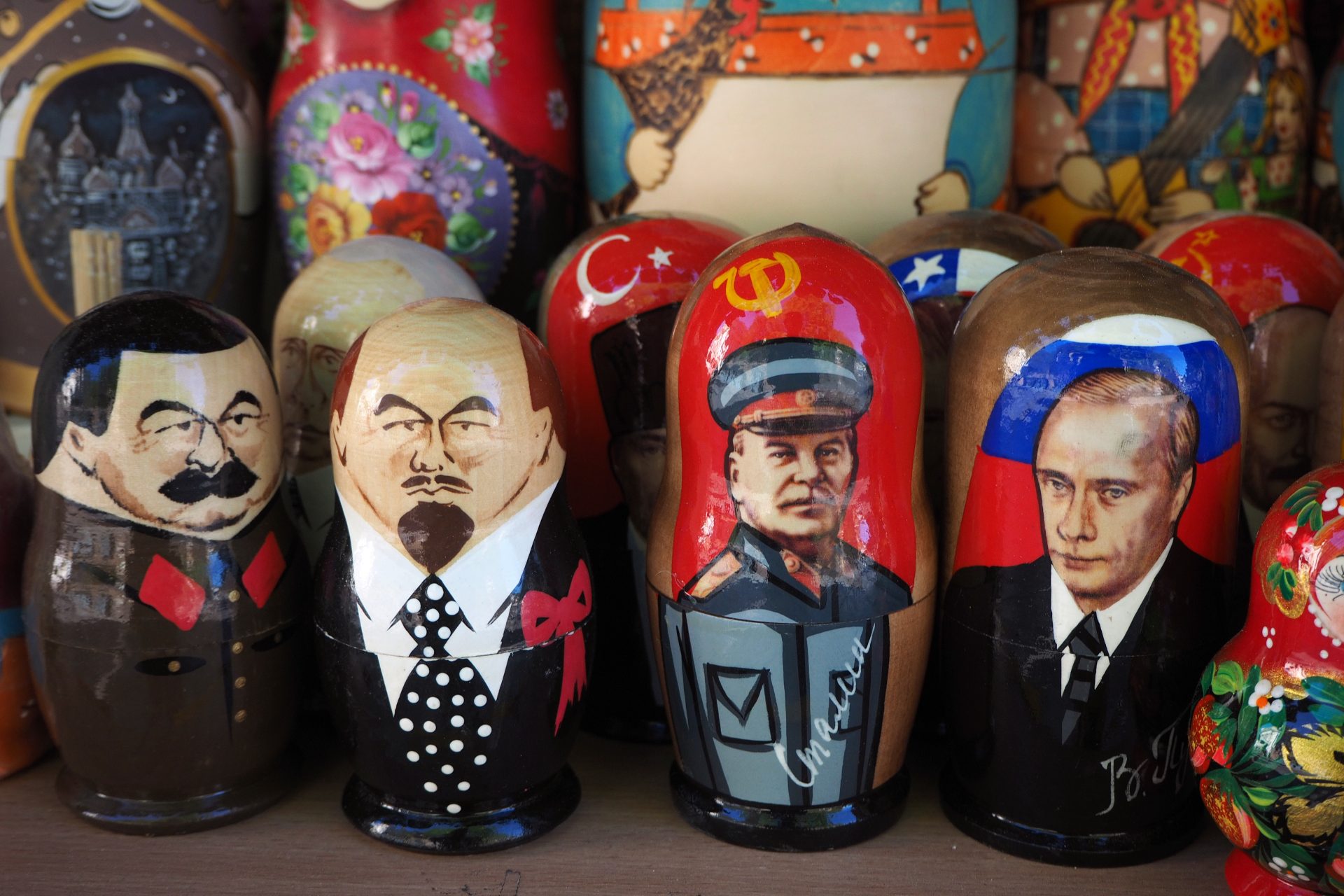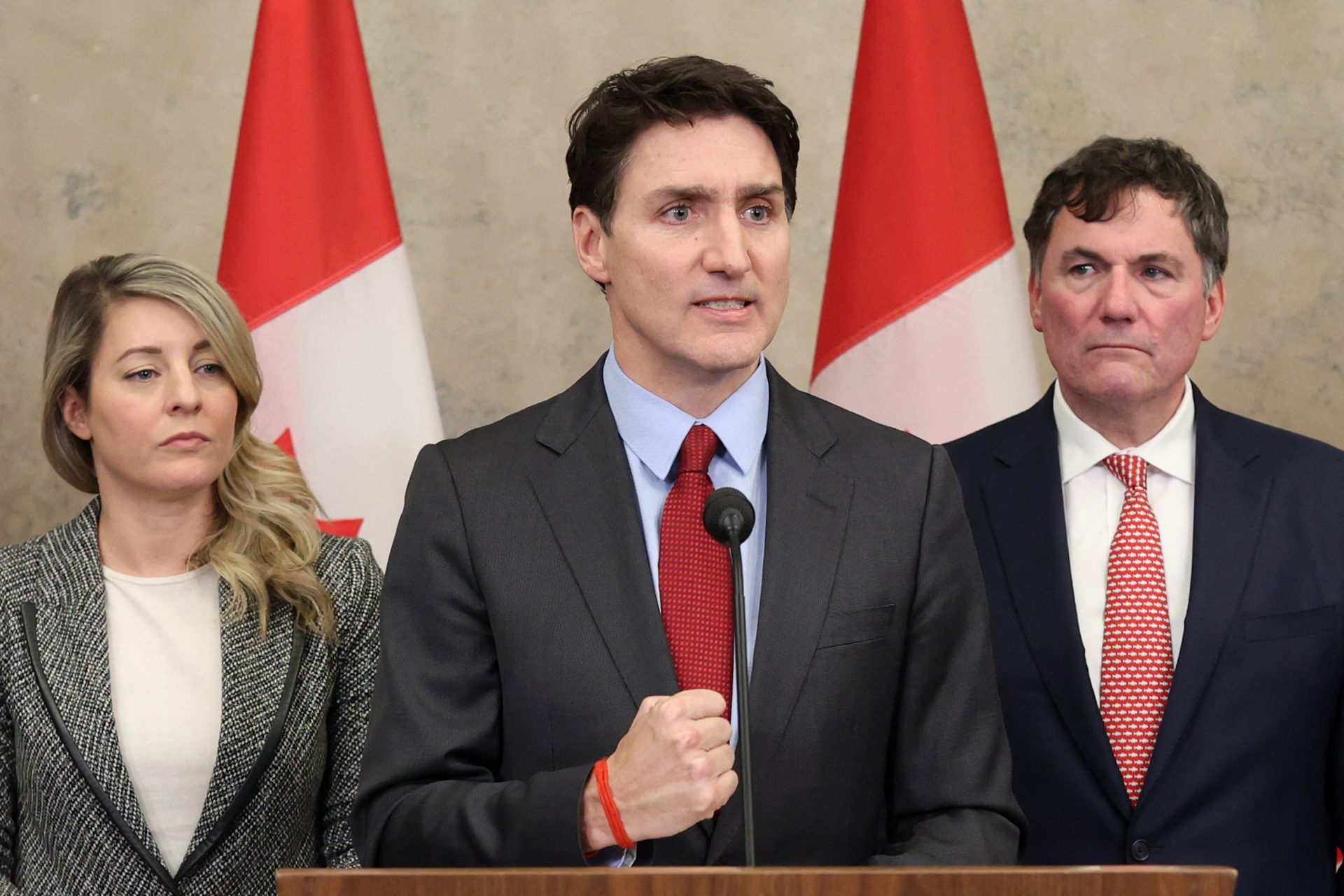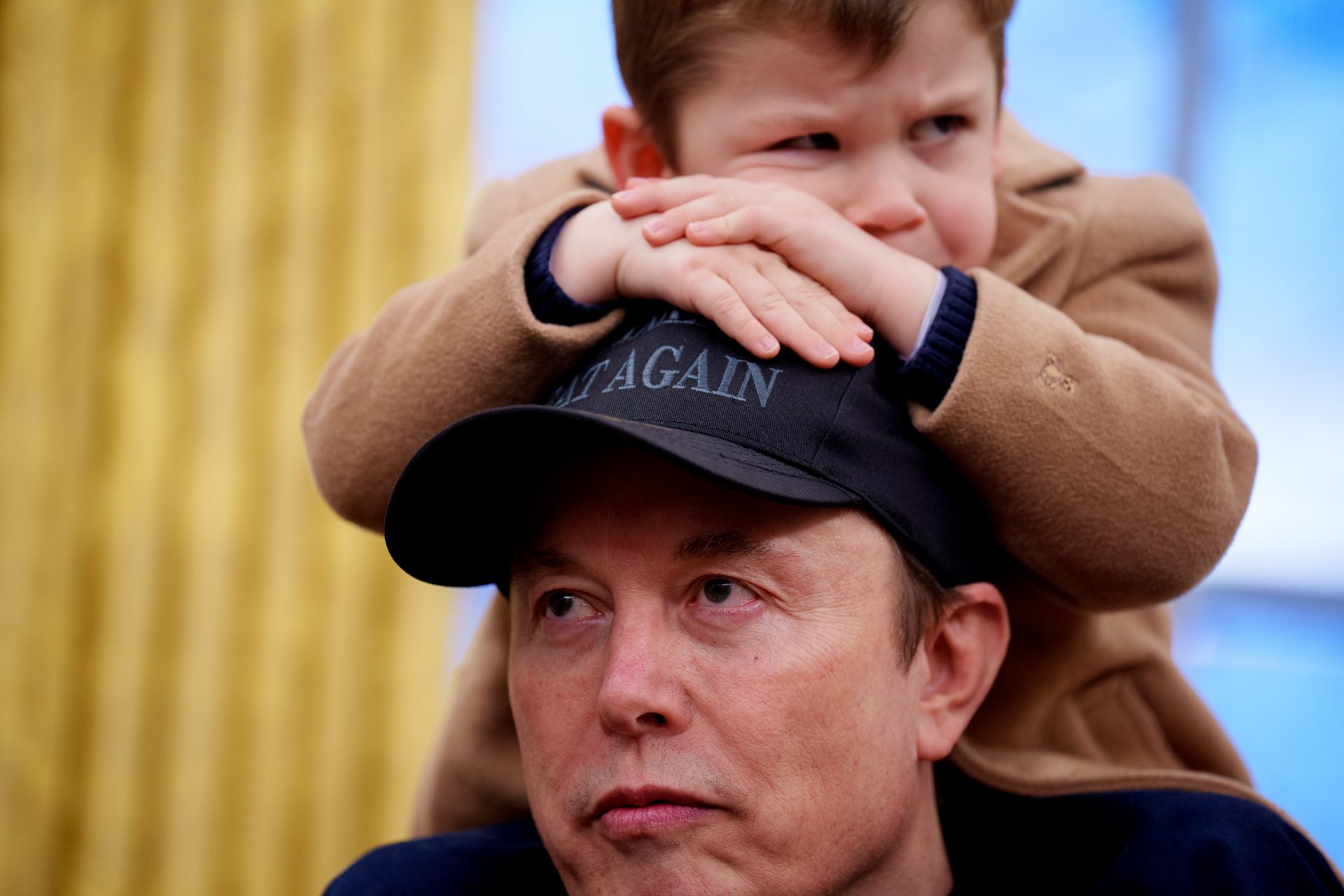Back in the USSR: What was life like behind the Iron Curtain
It's no secret that Soviet nostalgia is alive and well in Russia. Some people have even accused Russian President Vladimir Putin of promoting the idea of 'making Russia great again'. But what was all that about? Let's take a look.
The Union of Socialist Soviet Republics existed from 1922 to 1991. For better or for worse, the Soviet Union is still a source of fascination for many.
It's been over 30 years since the Iron Curtain fell. However, the Union of Socialist Soviet Republics still cast a big red shadow that is hard to escape today.
With growing tensions between Russia and the Western nations, it's hard not to think back to a time when the Soviet Union ruled supreme behind the iron curtain and a third world war against the United States seemed inevitable.
The Soviet Union, during its almost 70 years of existence, took a backward, quasi-feudal realm ruled by an autocratic tsar and turned it into a modern, global superpower rivalled by the United States.
The Soviet Union was formed in a time of political turmoil. Tsar Nicholas II, the absolutist ruler of the Russian Empire, was overthrown and the provisional government that replaced the monarchy was powerless against a Bolshevik revolt led by Vladimir Lenin.
The Russian Civil War defined the early years of the Soviet Union. The newly-formed Red Army quickly became legendary while fighting the White Army, made up by supporters of the tsar.
Even if the Soviet Union is no more, the pageantry and imagery of the Red Army still linger in Russian military parades and events, particularly during World War II commemorations.
Political instability marked the early years of the Soviet Union, as the party leaders struggled to define how the world’s first socialist state should be. When the dust settled, Joseph Stalin had become Lenin’s successor and led the Soviet Union for the following decades.
Stalin is probably the most iconic leader of the Soviet Union and one of the most important figures in world politics in the 20th century.
Stalin's influence is still felt today. The BBC reported in 2019 that a Russian poll showed that 51% of the Russian people still admired Stalin.
On one hand, his five-year plans pushed forward widespread industrialization. The Stakhanovite Movement made heroes out of efficient, self-sacrificing workers that gave everything to reach and superseded production quotas.
Uncle Joe, as he was nicknamed by English-speaking media, also led the country during World War II.
The Soviet Union had the highest number of casualties during World War II, and over 24 million soldiers and civilians perished while defending the Eastern Front from the Axis.
The Battle of Stalingrad (current day Volgograd) is regarded as one of the bloodiest conflicts in modern warfare, with an estimate of up to 2,500,000 deaths. Here you can see the 'Motherland Calls Monument,' in Volgograd, dedicated to those fallen during the siege.
The Red Army was fundamental for the defeat of Nazi Germany in what is known in Russia as The Great Patriotic War.
Pictured: Soviet Soldiers fly the USSR flag over the ruins of the Reichstag.
Another emblem of the Stalin years is the Moscow Metro. Built in the 1930s, these were considered “underground people's palaces” in contrast to the dim and crowded subways in capitalist countries.
In fact, the Moscow Metro is still used today, keeping most of its artistic and architectural wonders despite the fall of Communism.
Some even claim there's under Moscow, a secret underground bunker connected by a metro line meant to be used in case of a nuclear war built during the Stalin era.
However, Stalin’s centralized collectivism put him at odds with many social and ethnic groups. Here you can see deported peasants and political prisoners forced to build The Stalin White Sea-Baltic Canal in 1932.
According to National Geographic, the Soviet Famine of 1932-1933 claimed seven million lives, mainly in Ukraine. Pictured: The Holodomor (Great Famine) Memorial in Kyiv.
Political oppression also became firmly established as a government tool. Purges, show trials and censorship were part of everyday life under Stalin and existed, one way or other, during most of Soviet history.
Millions were executed under flimsy accusations. Many others were sent to work in forced labor camps called gulags, located in remote and inhospitable regions such as Siberia. The Soviet government even edited out figures fallen in disgrace from official photographs and film.
Stalin passed away in 1952. His eventual successor Nikita Khrushchev denounced his rule and started a process to dismantle the cult of personality around the Soviet leader. This began an era known in Soviet history as ‘The Thaw."
However, not everything was bread and roses. The Soviet economy faced all sorts of problems linked to its centrally-planned economy. Here you can see People in Moscow queuing to buy western goods at the GUM department store in 1960.
Tensions between the East and the West reached a critical level in 1962, during the Cuban Missile Crisis. Fortunately for humanity, no side gave the first step in what could have turned into a nuclear Armageddon.
Despite the image we have of the Soviet Union as a grim totalitarian state, people found ways to have happy, fulfilling lives.
Pictured: People vacationing in the Black Sea in the early 70s.
Everyday life had some advantages when it came to health, education, and social services. Here's a picture, from the 80s, of girls sleeping at a daycare center in Stavropol while their parents work.
The Communist Party of the Soviet Union was the backbone of the USSR. In the mid-1980s, the CPSU supposedly represented less than 10% of the population.
Pictured is the 27th Congress of the CPSU, held in the Kremlin Palace of Congresses in 1986.
Government officials, military officers, members of the press, and academics could only ascend in their respective fields if they were members of the Communist Party of the Soviet Union.
Sports played an important part in Soviet life. Starting in 1952, the Soviet Union had a significant presence at the Olympic Games, earning over 1,200 medals, out of which 473 were gold.
Moscow hosted the Summer 1980 Olympics, which were boycotted by the United States and some of its allies.
The USSR and other Communist countries, in turn, boycotted the 1984 Summer Olympics in Los Angeles.
The competition between the United States and the Soviet Union also translated into sports, such as the famous Miracle on Ice of 1980.
The Miracle on Ice happened during the 1980 Winter Olympics in Lake Placid, in a match between the United States and the Soviet Union. The USSR team, the gold winner in the four previous Olympic Games, lost 4-3 against their US rivals.
Science was another battlefield for both superpowers during the Cold War. The Soviet Union sent the first man in space, Yuri Gagarin, on April 12, 1961.
However, the United States one-upped the Soviet Union on July 21, 1969 - when it managed to get Neil Armstrong and the rest of the crew of the Apollo 11 to safely land on the moon and return to Earth.
Image: NASA
By the 1980s, the USSR was facing a crisis. The retreat of Soviet troops from Afghanistan, after 10 years of military occupation, left a big impression on what was meant to be one of the most powerful armies in the world.
Not helping the matter was an aged political elite, without much chance of reform or different opinions. A common Russian joke at the time was that the leadership of the Soviet Union went “from grandfather to grandfather.”
The aged Soviet leadership had a hard time matching a shift in global dynamics. Ronald Reagan and Margaret Thatcher heralded a new era of media-centric leadership and neoliberal politics.
US President Ronald Reagan was more confrontational than his predecessors. He vehemently referred to the Soviet Union as “The Evil Empire”.
Mikhail Gorbachev, who became leader of the Soviet Union in 1985, was meant to bring necessary reforms such as Glasnost (openness) and Perestroika (Reconstruction).
Images of a McDonald's opening in Moscow's Red Square seemed to be the writing on the wall for the Iron Curtain.
The reforms caused a domino effect that shook the Eastern Bloc. Pictures of protesters tearing down the Berlin Wall remain powerful symbols of that historical moment.
Clashes between Gorbachev and Communist Party hardliners led to the definite demise of the USSR by the end of 1991. The Soviet Union was no more.
The demise of the USSR brought quite a few setbacks and problems to people in former Soviet countries, despite the promise of newly-found liberties.
The 90s were marked by inflation, economic woes, and the rise of the Russian oligarchs, many of them coming from the old Communist elite. This 360-degree spin could also be seen in the world of politics.
Vladimir Vladimirovich Putin was a former agent of the KGB, the main security agency of the USSR, who quickly rose up among the ranks of the then-new Russian Federation until he became president in 2000.
A 2017 poll cited by Newsweek reveals that 66% of Russian people believe that the dissolution of the USSR was a mistake. The Soviet Union may be gone, but nostalgia lives on…
More for you
Top Stories






























































